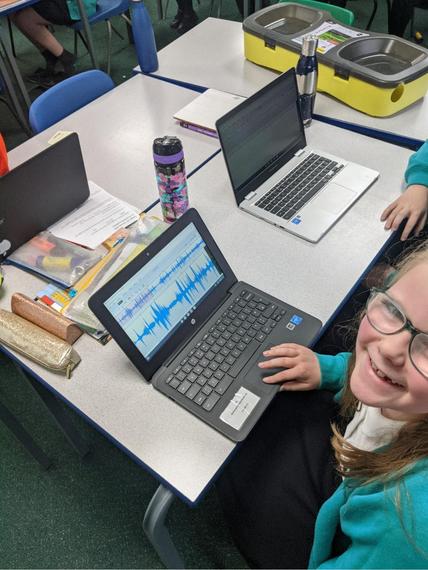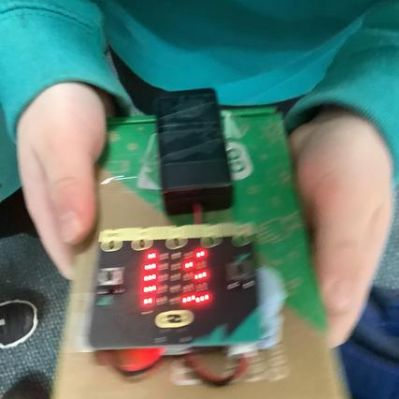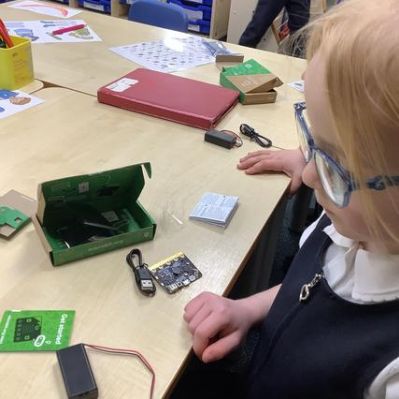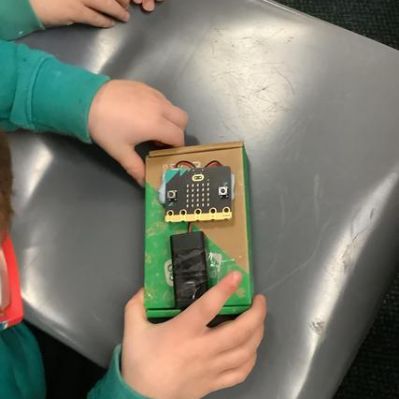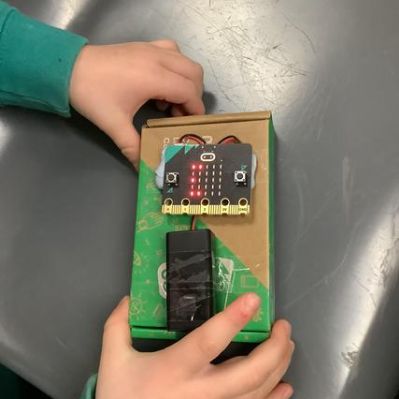Computing
Intent
It is our intent that through computing lessons, children will develop the confidence and capability to use ICT safely and effectively. To enhance their learning and communication and respond to new technological developments throughout later life.
Logical, Safe, Capable
Purpose of Study (DfE)
A high-quality computing education equips pupils to use computational thinking and creativity to understand and change the world. Computing has deep links with mathematics, science, and design and technology, and provides insights into both natural and artificial systems. The core of computing is computer science, in which pupils are taught the principles of information and computation, how digital systems work, and how to put this knowledge to use through programming. Building on this knowledge and understanding, pupils are equipped to use information technology to create programs, systems and a range of content. Computing also ensures that pupils become digitally literate – able to use, and express themselves and develop their ideas through, information and communication technology – at a level suitable for the future workplace and as active participants in a digital world.
At Ashfield Primary School we use NCCE Teach Computing as a scheme of learning.
We use Project Evolve to teach online and e-safety. https://projectevolve.co.uk/
Why we use NCCE Teach Computing Curriculum?
The NCCE Teach Computing Curriculum is taught in KS1 and KS2
Our intent - To embed an inclusive, enriched computing curriculum with clear progression across the school.
- Resources include clear a overview, scaffolding, exploratory tasks, clear progression and both formative and summative assessments
- Each key stage has a clear curriculum map
- Built around an innovative progression framework where computing content has been organised into interconnected networks we call learning graphs
- Created by subject experts, using the latest pedagogical research
- All of the content is free for you to use, and in formats that make it easy for us to adapt and expand t to meet the needs of our pupils.
- The 6 strands allow the children to enjoy many elements of the computing curriculum and not just coding. Creative Media allows children to work on their creative skills whilst Computer Systems and Networks allow the children to understand computer networks including the Internet and how they can provide multiple services such as the World Wide Web.
In the EYFS, children are given a broad, play-based experience of ICT in a range of contexts, including outdoor play. ICT is not just about computers. Early Years learning environments feature ICT scenarios based on experience in the real world, such as in role play. Children gain confidence, control and language skills through opportunities to ‘paint’ on the whiteboard or programming a toy. Recording devices can support children to develop their communication skills. EYFS pupils have access to cameras, recording buttons, Ipads, Desktop Computers (encouraging and developing hand/eye coordination using a mouse and keyboard to manipulate icons on the screen), Code-a-pillars and Bee-bots.
Covid Catch Up
Computing Policy
Ashfield Primary School Computing Long Term Plan
Christmas stop-motion - Year 3
george-and-lilia-dec-2022.mp4
Stop Motion Animation
-
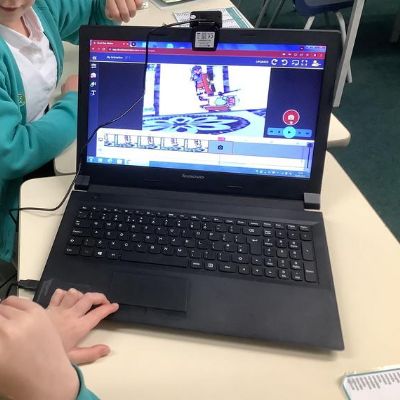
e9386859-4efd-4ef8-bfa9-400af36f063c1x1
Computer showing stop motion image
-
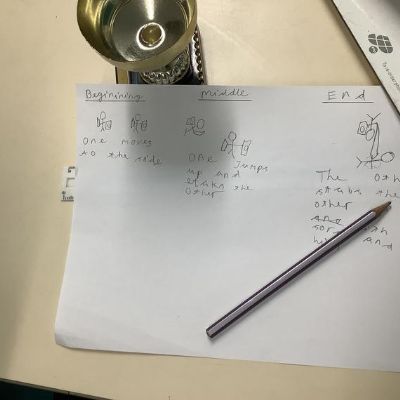
a7d8aeae-f66c-4011-af16-6e6942c7dc8b1x1
Paper showing storyboard for stop motion
-
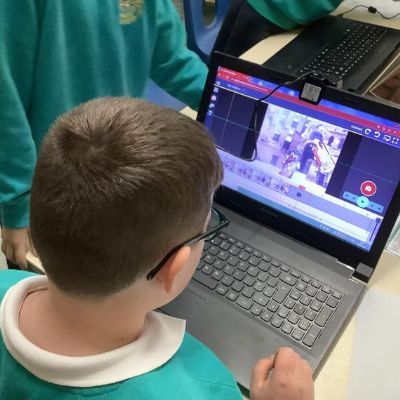
a6faf9ad-f1b8-414f-b5c7-596244810fae1x1
Computer showing stop motion image
-
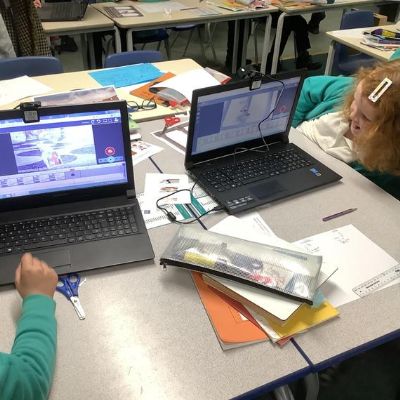
689795e9-4ea9-40b0-a26c-b01362be24961x1
Computer showing stop motion image
-
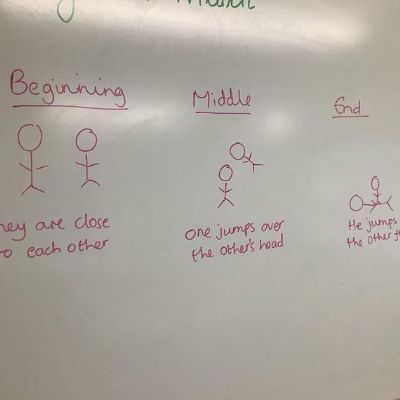
49a53559-2fb4-4722-9fdf-aadfdfd7bf351x1
Board showing storyboard for stop motion
-
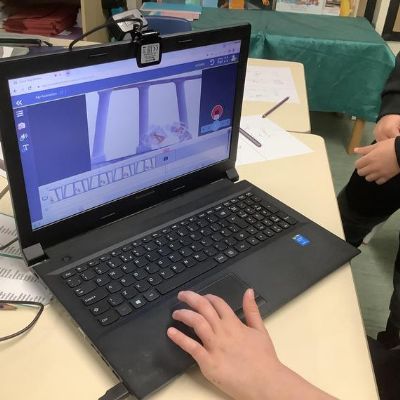
4a712f50-85ee-4e4d-935c-208b76d2a6a11x1
Computer showing stop motion image
Year 3's stop motion animation project
The Romans Animation
A stop motion animation from Year 3
Year 4 used computers to record and edit a podcast
